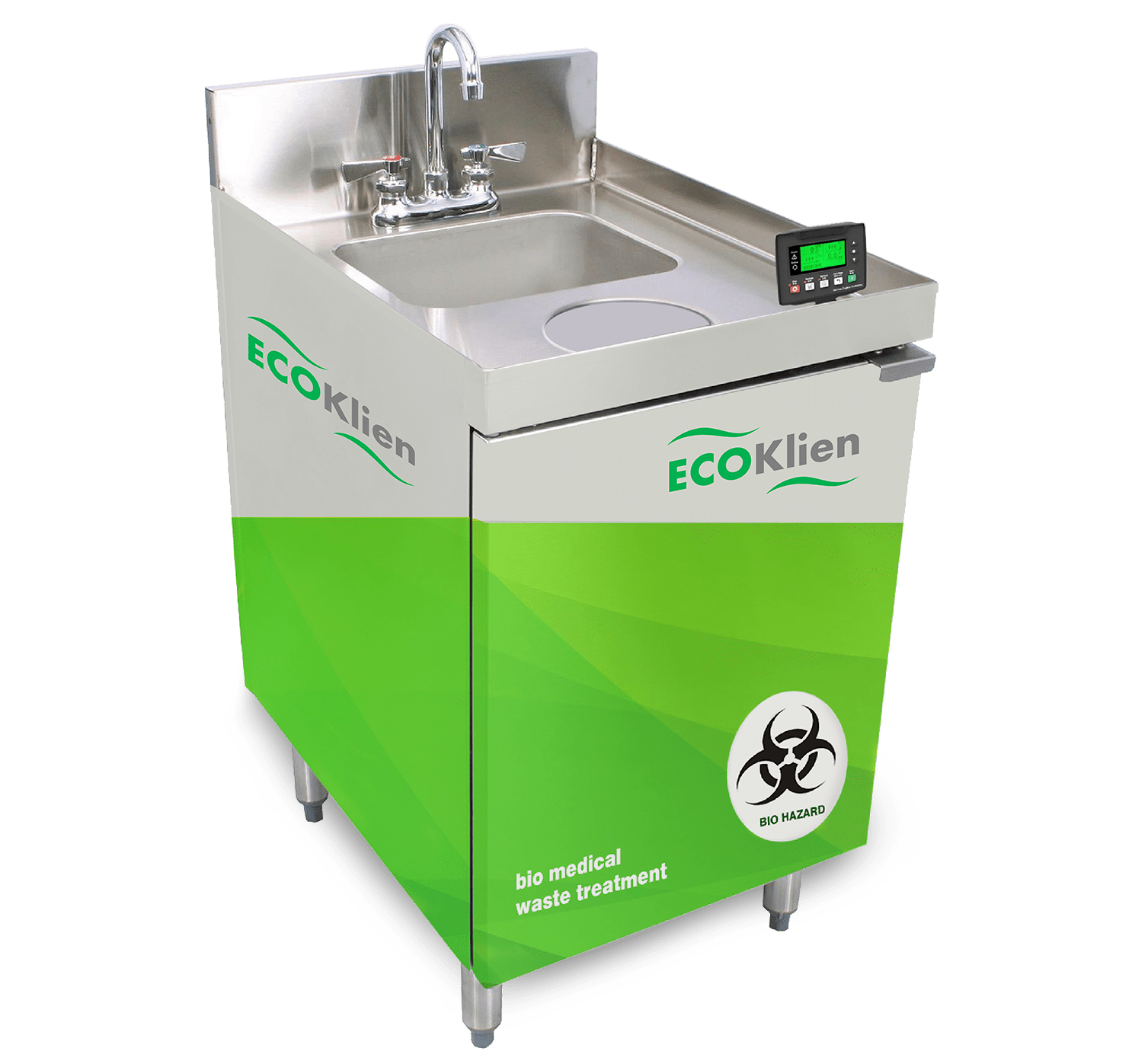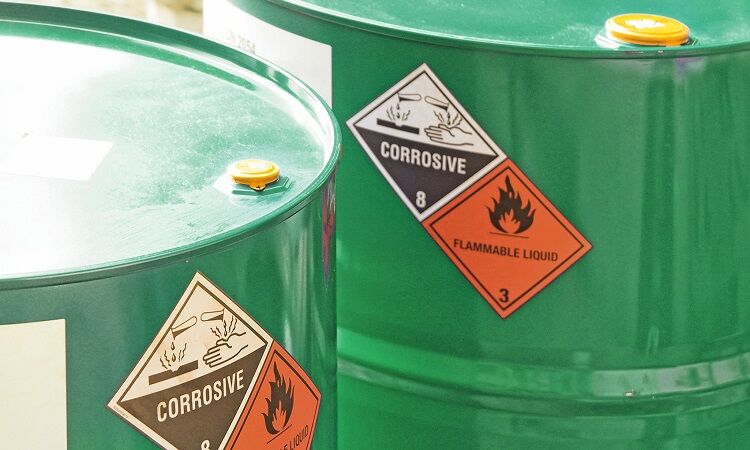Industrial Wastewater Treatment: Custom Solutions for Complex Wastewater Obstacles
Industrial Wastewater Treatment: Custom Solutions for Complex Wastewater Obstacles
Blog Article
Just How Liquid Garbage Disposal Works: A Comprehensive Summary of Techniques and Technologies Used

Introduction of Fluid Waste Kind
The intricacy of fluid waste kinds demands an extensive understanding of their characteristics and ramifications for disposal. Liquid waste can extensively be classified into numerous kinds, consisting of commercial, local, farming, and contaminated materials. Each classification shows distinctive homes, calling for specific management strategies to mitigate environmental and health and wellness threats.
Industrial fluid waste stems from making processes and usually consists of a series of impurities, such as heavy steels, solvents, and natural compounds. Community fluid waste, mainly making up wastewater from households and business facilities, consists of organic matter, nutrients, and virus (industrial wastewater treatment). Agricultural fluid waste, consisting of runoff from ranches, might include plant foods, chemicals, and pet waste, presenting risks to water top quality and communities
Harmful liquid waste is characterized by its toxicity, sensitivity, or potential to cause harm. This category consists of compounds like acids, bases, and particular chemicals that require stringent handling and disposal protocols. Understanding these diverse fluid waste types is critical for establishing reliable disposal methods and ensuring compliance with ecological laws. Correct category and characterization are essential for carrying out proper treatment techniques and lessening the damaging influences on public health and the atmosphere.
Physical Therapy Techniques

Testing is the first step, where bigger fragments and debris are removed from the liquid waste utilizing screens or grates. In sedimentation storage tanks, heavier particles resolve at the bottom, forming a sludge layer, while the clarified fluid can be additional dealt with.
Filtration is one more crucial approach that involves passing the fluid with permeable materials, such as sand or membranes, to record smaller fragments. This action boosts the high quality of the fluid, making it ideal for succeeding treatment procedures.

Chemical Therapy Techniques
Chemical therapy methods are essential for successfully taking care of fluid waste, especially in attending to liquified and colloidal impurities that physical techniques might not adequately eliminate. These techniques make use of various chemical agents to neutralize, precipitate, or transform harmful substances right into less harmful kinds.
One usual technique is coagulation and flocculation, where chemicals such as alum or ferric chloride are included in advertise the aggregation of put on hold particles. This procedure enhances sedimentation, enabling for less complicated removal of the resulting sludge. Additionally, oxidation great post to read processes, using agents like chlorine or ozone, are employed to break down complicated organic compounds and virus, rendering the waste much safer for discharge or more treatment.
Neutralization is one more important method, which changes the pH official source of acidic or alkaline waste streams to neutral degrees, protecting against prospective harm to downstream systems and the environment. Furthermore, advanced oxidation processes (AOPs) use mixes of oxidants and ultraviolet light to deteriorate persistent pollutants, achieving a higher level of treatment performance.
Biological Therapy Processes
Organic therapy processes play a vital function in the management of fluid waste by using microorganisms to decompose raw material and minimize contaminant levels. These procedures can be broadly classified into anaerobic and cardio treatments, each utilizing particular microbial neighborhoods to accomplish effective waste degradation.
Cardio therapy includes making use of oxygen to facilitate the break down of organic products by germs. This procedure is commonly implemented in activated sludge systems, where oygenation storage tanks provide a helpful environment for microbial development, causing the oxidation of organic toxins. The resultant biomass can be divided from treated effluent with sedimentation.
In comparison, anaerobic therapy happens in the lack of oxygen, depending on various microorganisms to damage down organic matter. This approach is particularly useful for high-strength waste, as it generates biogas, a sustainable power resource, while lowering sludge production. Technologies such as anaerobic digesters are often utilized in industrial and metropolitan applications.
Both anaerobic and aerobic biological treatments not just reduce the ecological effect of fluid waste however also promote source recuperation, making them crucial parts of lasting waste administration techniques. Their flexibility, efficiency, and performance sustain their widespread execution throughout numerous markets.
Arising Technologies in Disposal
Cutting-edge strategies to fluid waste disposal are rapidly advancing, driven by innovations in modern technology and a raising emphasis on sustainability. Amongst these emerging modern technologies, membrane layer bioreactors (MBRs) have gotten grip for their capacity to combine biological therapy with membrane filtration, leading to high-quality effluent that can be reused in different applications. MBRs enable smaller sized impacts and much more effective operations compared to traditional systems.
Another appealing growth is making use of anaerobic digestion incorporated with nutrient recovery innovations, which not only treats fluid waste yet likewise produces biogas and recuperates important nutrients like nitrogen and phosphorus. This dual advantage boosts resource effectiveness and decreases ecological effect.
Furthermore, progressed oxidation processes (AOPs) are being adopted for the deterioration of complicated natural pollutants. These techniques utilize effective oxidants and drivers to damage down contaminants at the molecular level, offering an extremely efficient option for difficult waste streams.
Furthermore, the integration of expert system and artificial intelligence read what he said in waste management systems is maximizing operational efficiency and predictive upkeep, causing decreased costs and boosted environmental conformity. These modern technologies show a significant change towards more effective and lasting liquid garbage disposal practices.
Verdict
Finally, reliable fluid waste disposal requires a detailed understanding of various strategies and technologies. The assimilation of physical, chemical, and organic treatment approaches guarantees the reliable management of varied waste types. Furthermore, the introduction of cutting-edge innovations boosts treatment efficacy and promotes sustainability in waste monitoring practices. By constantly progressing these approaches, it becomes possible to deal with the expanding obstacles connected with fluid waste, ultimately adding to ecological protection and resource recuperation.
Fluid waste disposal is a vital facet of ecological administration, requiring an extensive understanding of different methods and modern technologies customized to various waste kinds. Liquid waste can broadly be categorized into several types, including industrial, local, agricultural, and harmful waste. Agricultural fluid waste, consisting of overflow from ranches, might have plant foods, chemicals, and pet waste, posing risks to water quality and ecological communities.
Numerous physical treatment techniques play an essential role in managing liquid waste successfully - industrial wastewater treatment.In conclusion, efficient fluid waste disposal requires a thorough understanding of different strategies and innovations
Report this page